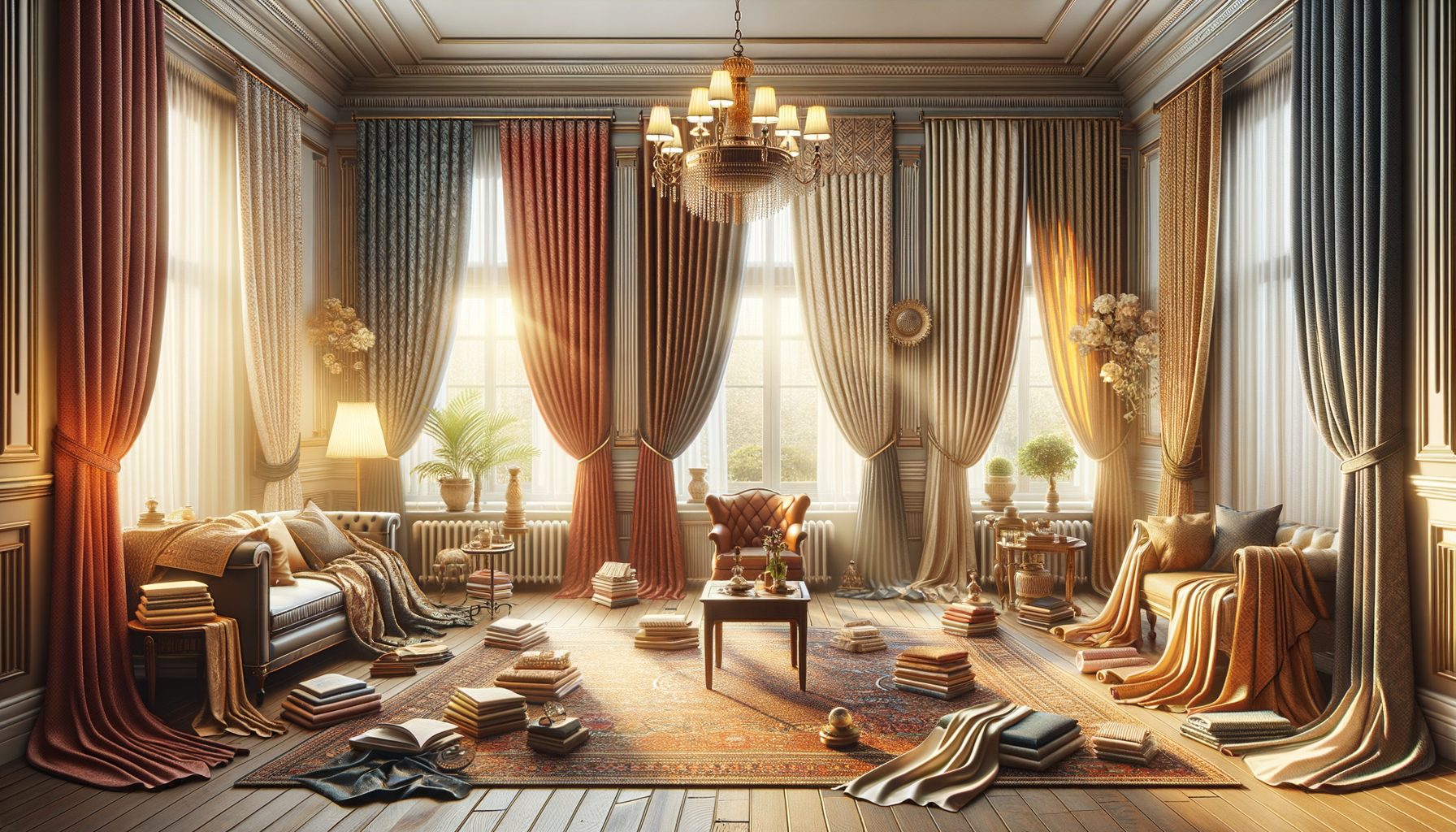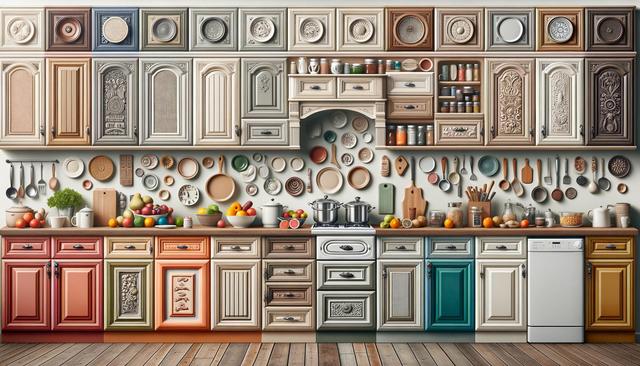Understanding the Differences: Drapes vs. Curtains
When it comes to choosing window treatments, understanding the difference between drapes and curtains is essential. Curtains are generally lighter in weight and are often made from materials like cotton or polyester. They are versatile, available in various lengths, and are typically used for decorative purposes. Curtains are perfect for living rooms, kitchens, and other spaces where you want to let in natural light while maintaining some privacy.
Drapes, on the other hand, are heavier and lined, making them ideal for bedrooms or spaces where you need more privacy and light control. They are often made from luxurious fabrics such as velvet or silk and come in a variety of styles and colors. Drapes not only enhance the aesthetic of a room but also provide insulation, which can be beneficial in both winter and summer months.
Choosing between drapes and curtains depends on your specific needs and the ambiance you wish to create. For a more formal look, drapes are a suitable choice, while curtains offer a casual and airy feel. Understanding these differences can help you make an informed decision that complements your home’s interior design.
Choosing the Right Fabric for Your Space
The fabric you choose for your drapes or curtains can significantly impact the overall look and feel of your space. Light fabrics such as sheer or linen are great for creating a breezy and relaxed atmosphere, ideal for living rooms or sunrooms. These fabrics allow natural light to filter through, creating a warm and inviting environment.
Heavier fabrics like velvet or brocade are excellent for creating a more opulent and sophisticated look. These materials are perfect for formal dining rooms or bedrooms where you want to add a touch of luxury. Additionally, heavier fabrics provide better insulation and soundproofing, making them a practical choice for rooms that face busy streets or noisy neighbors.
Consider the maintenance aspect as well. Some fabrics require dry cleaning, while others are machine washable. Choosing a fabric that fits your lifestyle and maintenance preferences is crucial for long-term satisfaction. Ultimately, the fabric should align with your design goals and functional needs, ensuring that your drapes or curtains enhance your living space.
Color and Pattern: Making a Statement
The color and pattern of your drapes or curtains can dramatically alter the mood of a room. Bold colors and patterns can make a statement and serve as a focal point in a neutral space. For instance, a pair of deep red velvet drapes can add warmth and drama to a living room, while geometric patterns can bring a modern touch to a contemporary setting.
On the other hand, neutral colors such as beige, white, or gray offer a timeless appeal and can easily blend with any decor style. They are ideal for creating a serene and calming environment, perfect for bedrooms or home offices. Neutral drapes and curtains also provide flexibility, allowing you to change other elements of your decor without worrying about clashing colors.
When selecting patterns, consider the scale and proportion. Large patterns work well in spacious rooms, while smaller patterns are better suited for compact spaces. Mixing and matching patterns can also add depth and interest, but it’s essential to strike a balance to avoid overwhelming the room. The right color and pattern can enhance the character of a room, reflecting your personal style and taste.
Functional Benefits of Drapes and Curtains
Beyond aesthetics, drapes and curtains offer several functional benefits that enhance the comfort and efficiency of your home. One of the primary advantages is privacy. By choosing the right thickness and opacity, you can control the level of privacy in your space, making it a sanctuary from the outside world.
Another significant benefit is light control. Blackout drapes are particularly useful in bedrooms, allowing you to block out sunlight for a restful sleep. Alternatively, light-filtering curtains can soften harsh sunlight, creating a pleasant ambiance in living areas. This level of control over natural light can also protect your furniture and flooring from fading due to UV exposure.
Energy efficiency is another consideration. Insulated drapes can help maintain a consistent indoor temperature by reducing heat loss in the winter and keeping the space cool in the summer. This can lead to lower energy bills and a more sustainable home environment. By understanding these functional benefits, you can select drapes and curtains that not only enhance your decor but also improve your home’s overall comfort and efficiency.
Tips for Measuring and Installing Drapes and Curtains
Proper measurement and installation are crucial for achieving the desired look and functionality of your drapes and curtains. Begin by measuring the width of your window and adding extra inches on each side to ensure full coverage and an elegant drape. For length, consider the desired effect; floor-length drapes add sophistication, while sill-length curtains create a casual vibe.
When it comes to installation, the height at which you hang your drapes can affect the perception of space. Hanging them closer to the ceiling can make a room appear taller, while mounting them just above the window frame offers a more traditional look. The choice of rod and hardware also plays a role in the overall aesthetic, with options ranging from sleek metal rods to ornate wooden poles.
It’s also important to consider the type of pleat or header style that suits your decor. Whether you prefer a classic pinch pleat or a modern grommet top, the style can influence the overall appearance and function of your window treatments. By following these tips, you can ensure that your drapes and curtains are not only beautiful but also perfectly tailored to your space.


